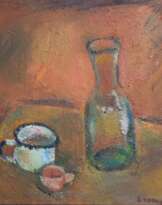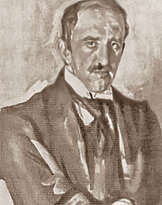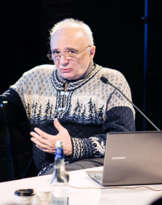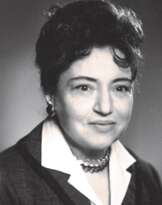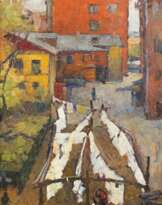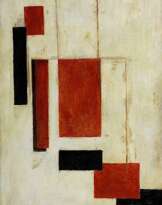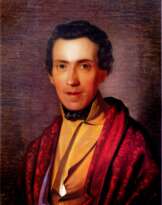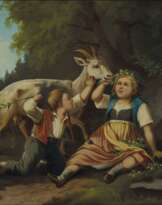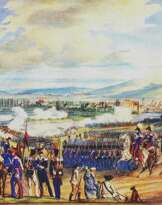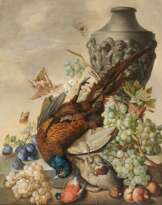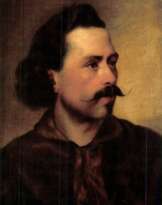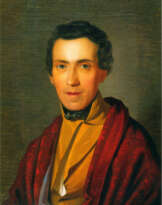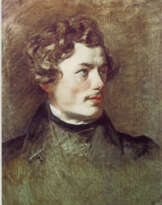Woldemar Hau (1816 - 1895)

Woldemar Hau
Woldemar Hau (Russian: Владимир Иванович Гау) was a Baltic German portrait painter, renowned for his contributions to the Biedermeier style, a period marked by a sense of realism and simplicity in art. Born in 1816 in Tallinn, then part of the Russian Empire, he was trained under the guidance of his father, Johannes Hau, and the distinguished artist Karl von Kügelgen. Hau's remarkable talent became evident early on when, at just sixteen, he was recommended to paint for the Russian Imperial Court, leading to his appointment as a Court Painter.
During his illustrious career, Hau captured the visages of the Russian nobility, including Tsar Nicholas I and Tsarina Alexandra Fyodorovna, alongside other key figures of his time. His works, often characterized by their intricate detail and vibrant realism, include over 200 miniature portraits of the Izmaylovsky Regiment veterans. His most celebrated works are preserved in prestigious collections and reflect his mastery in both watercolours and miniatures on ivory.
For those interested in exploring the legacy of Woldemar Hau, his paintings are a fascinating window into the cultural and historical nuances of 19th-century aristocratic Russia. To stay updated on exhibitions and auctions featuring Hau's work, I encourage you to sign up for updates. This subscription will keep you informed about new sales and auction events specifically related to Woldemar Hau.
| Date and place of birt: | 16 february 1816, Tallinn, Russian Empire |
|---|---|
| Date and place of death: | 23 march 1895, St. Petersburg, Russian Empire |
| Nationality: | Russia, Estonia, Russian Empire |
| Period of activity: | XIX century |
| Specialization: | Graphic artist, Miniaturist, Painter, Portraitist |
| Art school / group: | Russian school |
| Genre: | Portrait, Self-portrait |
| Art style: | Biedermeier |
| Technique: | Watercolor painting |
